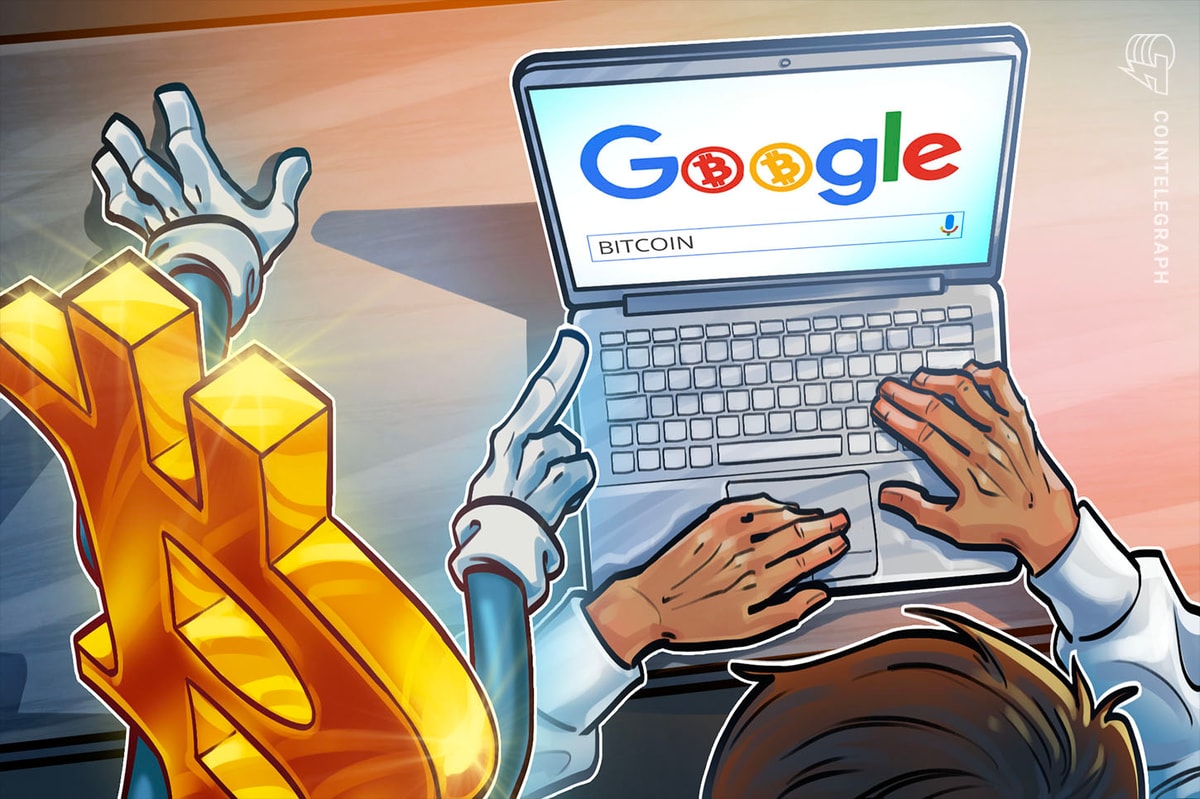Rongchai Wang
Oct 17, 2025 06:16
TRON (TRX) shows mixed signals with analysts targeting $0.32-$1.03. Technical analysis suggests potential breakout to $0.35+ if key resistance levels hold.
TRX Price Prediction Summary
• TRX short-term target (1 week): $0.325 (+1.5%) – Conservative upside based on current consolidation • TRON medium-term forecast (1 month): $0.35-$0.40 range – Bullish breakout scenario if resistance breaks • Key level to break for bullish continuation: $0.35 (Upper Bollinger Band and strong resistance) • Critical support if bearish: $0.30 (Strong support and lower Bollinger Band proximity)
Recent TRON Price Predictions from Analysts
The latest TRX price prediction landscape shows cautious optimism among crypto analysts. Changelly’s consistent forecasts over the past week have maintained relatively stable expectations, with their TRON forecast ranging from $0.314 to $0.321 in the short term. This represents a conservative outlook that aligns with current market consolidation patterns.
However, the prediction spectrum widens significantly when examining medium-term targets. PricePredictions.com presents a notably bullish TRX price target of $1.03, representing a potential 222% upside from current levels. Meanwhile, CoinCodex offers a more measured approach with their $0.343686 target, suggesting a 7.97% near-term gain.
The consensus among analysts indicates TRON is positioned for gradual recovery, though opinions diverge on the magnitude of potential gains. Most predictions carry medium confidence levels, reflecting the current market uncertainty and mixed technical signals.
TRX Technical Analysis: Setting Up for Potential Breakout
Current TRON technical analysis reveals a cryptocurrency at a critical juncture. Trading at $0.32, TRX sits precisely at its 7-day SMA and near the middle of its recent trading range. The RSI reading of 37.72 positions TRON in neutral territory, neither oversold nor overbought, providing room for movement in either direction.
The MACD histogram showing -0.0019 indicates bearish momentum persists, though the magnitude suggests weakening selling pressure. This divergence between neutral RSI and bearish MACD creates an interesting setup for potential trend reversal.
Volume analysis shows robust daily trading of $134.7 million on Binance, indicating healthy market participation. The Bollinger Bands configuration reveals TRX trading at 0.16 position, placing it closer to the lower band ($0.31) than the upper band ($0.35), suggesting potential for mean reversion toward the middle band at $0.33.
TRON Price Targets: Bull and Bear Scenarios
Bullish Case for TRX
The bullish TRX price prediction scenario targets $0.35-$0.40 within the next 30 days. This trajectory requires breaking above the immediate resistance at $0.35, which coincides with both the upper Bollinger Band and the 52-week high resistance zone.
Key catalysts supporting this TRON forecast include the current position below the SMA 20 ($0.33) and SMA 50 ($0.34), creating potential for snapback rallies. The 200-day SMA at $0.30 provides strong foundational support, suggesting the long-term trend remains intact despite recent consolidation.
If TRX successfully breaks $0.35, the next logical TRX price target sits at $0.37-$0.40, representing the previous 52-week high area where profit-taking might emerge.
Bearish Risk for TRON
The bearish scenario for this TRX price prediction centers on a break below the critical $0.30 support level. This zone represents both strong technical support and the 200-day moving average, making it a crucial line in the sand for TRON bulls.
Should $0.30 fail to hold, the next significant support doesn’t appear until the $0.26-$0.28 range, representing potential downside of 15-20% from current levels. The negative MACD histogram and TRX trading below most short-term moving averages support this bearish risk scenario.
Volume confirmation would be crucial in any bearish breakdown, as current trading volumes suggest institutional interest remains steady.
Should You Buy TRX Now? Entry Strategy
Based on current TRON technical analysis, a layered entry approach appears most prudent. The optimal buy zone for TRX sits between $0.31-$0.315, offering proximity to the lower Bollinger Band while maintaining distance from critical support.
For aggressive traders, a breakout entry above $0.335 (clearing the SMA 20) could signal the beginning of the bullish scenario toward our TRX price target of $0.35+. This strategy requires tight risk management with stops below $0.32.
Conservative investors might wait for a successful test and hold of the $0.30 support before initiating positions. This approach reduces downside risk but may sacrifice optimal entry pricing if the TRON forecast proves accurate.
Risk management suggests position sizing at 1-2% of portfolio maximum, with stop-losses placed below $0.295 to protect against significant support breakdown.
TRX Price Prediction Conclusion
Our comprehensive TRON forecast suggests a medium confidence prediction for TRX reaching $0.35-$0.40 within the next month, representing 10-25% upside potential. This TRX price prediction relies on maintaining support above $0.30 and eventual breakout above $0.35 resistance.
The critical indicators to monitor include RSI movement above 50 for momentum confirmation, MACD histogram turning positive, and daily closing prices above the $0.33 middle Bollinger Band. Volume expansion above 150 million daily would provide additional bullish confirmation.
Timeline for this prediction centers on the next 2-4 weeks, with November 2025 representing the target window for reaching our primary TRX price target. Failure to hold $0.30 support would invalidate this bullish thesis and trigger our bearish scenario toward $0.26-$0.28.
Whether to buy or sell TRX depends on individual risk tolerance, but current technical setup favors patient accumulation near support levels with defined risk parameters.
Image source: Shutterstock









